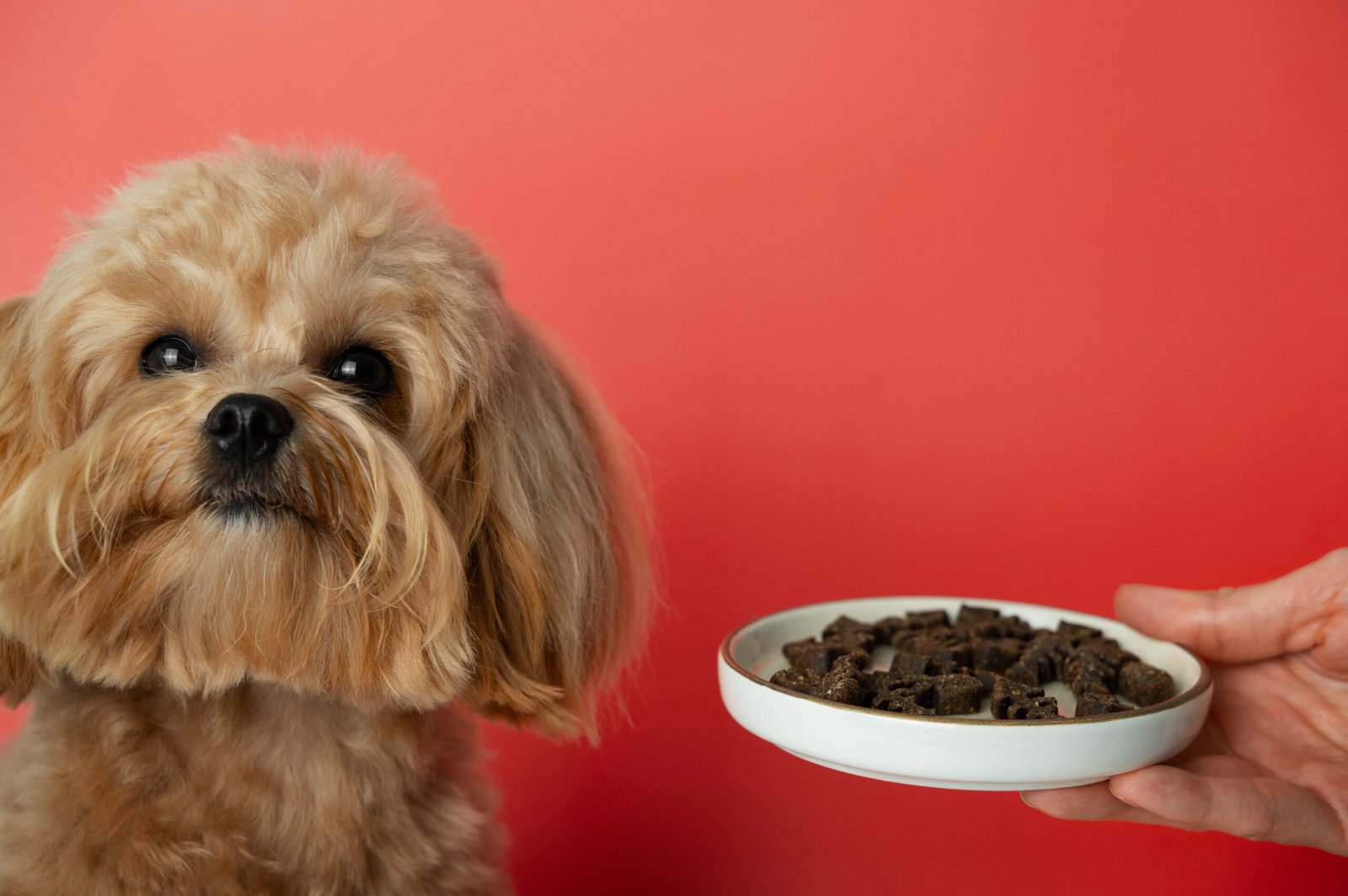The Truth About Corn in Dog Food
Category
Categories

The Truth About Corn in Dog Food
The Reality Behind Corn as an Ingredient in Best Dog Foodz
There are conflicting opinions regarding the use of corn in dog food, with some viewing it as a valuable ingredient while others criticize it as a problematic cereal grain.
 So, what is the truth about using corn in Best Dog Foodz?
So, what is the truth about using corn in Best Dog Foodz?
Is it beneficial — or is it detrimental?
Opinions on this matter vary depending on the source.
In general, concerns related to corn in dog food seem to stem from consumers such as pet owners and breeders.
Conversely, advocates for corn commonly have ties to products containing cereal grains.
Debunking Misconceptions Surrounding Corn
Producers and vendors of corn-infused products argue that the negative reputation associated with corn is merely baseless hearsay circulated online by misinformed consumers.
In reality, many of the exaggerated assertions highlighting the benefits of corn actually stem from the pet food sector and are unknowingly perpetuated by well-intentioned but naive pet caregivers.
Below are a few persistent fallacies regarding corn endorsed by manufacturers and distributors of corn-infused canine diets.
Myth #1: Debunking the Myth about Corn and Glycemic Index
The Truth About Corn and Blood Sugar Levels
Glycemic index measures how a specific food affects an animal’s blood sugar levels. A high index means a food can cause an unhealthy spike in blood sugar.
Let’s look at the actual glycemic index values for some common dog food ingredients12:
In reality, when compared to most other ingredients in dog food production, corn does not have a lower glycemic index.
Myth #2: Debunking the Myth about Corn Allergies in Dogs
Advocates of corn-based products often claim that corn is one of the least likely causes of allergies in dog food.
Several studies seem to support this assertion, with one study3 reporting a corn allergy rate of only 14%, and another study4 indicating just 3% of all allergies related to corn.
However, it is essential to consider the challenges in accurately determining the prevalence of food allergies in dogs, as some reports caution against overreliance on these statistics5.
Even though corn may not be a common allergen, it cannot be completely ruled out as a potential trigger.
Despite the research findings, numerous credible accounts from dog owners, breeders, forums, and veterinary sources highlight corn and other cereal grains as a probable cause of their dogs’ allergies.
Moreover, the quality of cereal grains poses a significant concern.
In many instances, the issue lies not in an allergy to corn itself but rather in the presence of undesirable contaminants within the grain.
Commonly found contaminants such as storage mites, their waste, and dead insects in large quantities of feed grains are well-known allergens for dogs.
Therefore, it is prudent to still consider corn as a viable suspect when investigating potential food-related allergies in dogs.
Myth #3: Corn Is Highly Digestible
Contrary to popular belief, corn is not easily digestible as a whole grain.
Without being refined into a meal or flour and cooked, corn poses digestion challenges for dogs.
Corn and other grains become digestible only through proper processing.
Even if labeled as “whole,” grains are typically ground before being cooked into kibble.
The finer the grinding, the more digestible corn becomes, but this also increases its glycemic index.
Claims of corn being “99% digestible” can be deceptive, as it may not hold high nutritional value as implied.
Consumers should be aware of this misconception surrounding the digestibility and nutritional content of corn.
Myth #4: Corn’s Biological Value
There’s a common misconception that corn has a high biological value, but the truth is, there’s nothing particularly exceptional about its nutritional content. In fact, corn doesn’t offer any unique nutrients that can’t be sourced from other ingredients or converted from them, including protein.
Despite claims that corn kernels provide essential biological value protein, a table showcasing the biological value of various dog food ingredients reveals a different story.
Contrary to popular belief, corn actually has a lower biological value when it comes to protein usability. This dispels the myth of corn’s superior nutritional quality compared to other dog food ingredients.
Myth #5: Corn Is Rich in Vitamins and Minerals
Fans of corn often claim it is high in antioxidants and minerals. However, when compared to other foods, corn’s nutritional completeness is not exceptional.
The Nutrient Balance Completeness Score assesses how complete a food is in terms of vitamins, minerals, and fiber. According to data from the USDA’s National Nutrient Database for Standard Reference compiled by NutritionData.com, the Completeness Score for corn is relatively low compared to other common ingredients.
Therefore, corn is considered unremarkable in terms of its vitamin and mineral content.
Myth #6: Debunking the Myth About Corn as an Energy Source for Dogs
Contrary to some pet food manufacturers’ claims, corn is often touted as a superior energy source, especially for working animals, compared to meat. However, scientific evidence debunks this as yet another misconception.
Consumers should not solely focus on a dog food product just because it lists “protein” as the primary ingredient. The key factor to consider is that meat should be the leading ingredient in dog food formulations.
Unlike corn, which is predominantly fat-free and classified as a carbohydrate, meat contains not only protein but also essential fat content.
When analyzing the true energy content of different macronutrients in food products from a scientific perspective, it’s vital to refer to the accurate caloric values for each nutrient type, as illustrated in the following table. The caloric data referenced in the table is sourced from the USDA’s National Nutrient Database for Standard Reference and featured on NutritionData.com.
The Reality Regarding Corn in Dog Food
Why is corn so widely utilized in the production of modern commercial dog foods?
It is not due to its superior nutritional value, as previously discussed.
Could corn be considered more “natural” for dogs?
Upon examining a dog’s natural ancestral diet, corn does not appear until its introduction in 1956 with the invention of kibble.
Why did the advent of kibble lead to a significant increase in corn usage in dog food production?
What prompted the pet food industry to favor carbohydrates like corn, grains, and potatoes?
The truth is…
Corn is not included in commercial dog food for its unique nutritional benefits; rather, it serves as an inexpensive source of calories for the product.
Starchy carbohydrates play a vital role in the gelatinization process, essential for kibble machinery operation.
Reflect on this.
How frequently do you encounter corn or cereal grains in raw or canned dog food products?
Summary
In essence, the presence of corn in pet food helps reduce production costs by balancing out pricier meat components, ultimately making Best Dog Foodz more cost-effective. While corn is a budget-friendly option benefiting manufacturers and consumers, claiming its inclusion in dog food is primarily for nutritional advantages is inaccurate and distorts the truth.
Recent Articles
Protect Your Dog
The Dog Food Advisor offers a FREE Dog Food Recall Alert Service by email.





